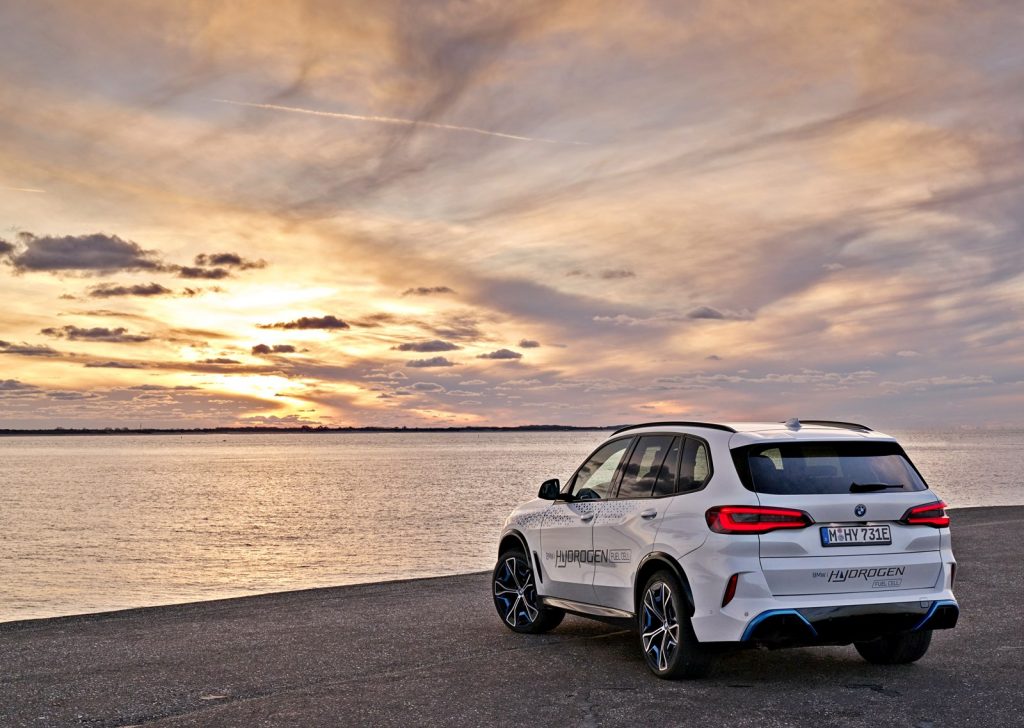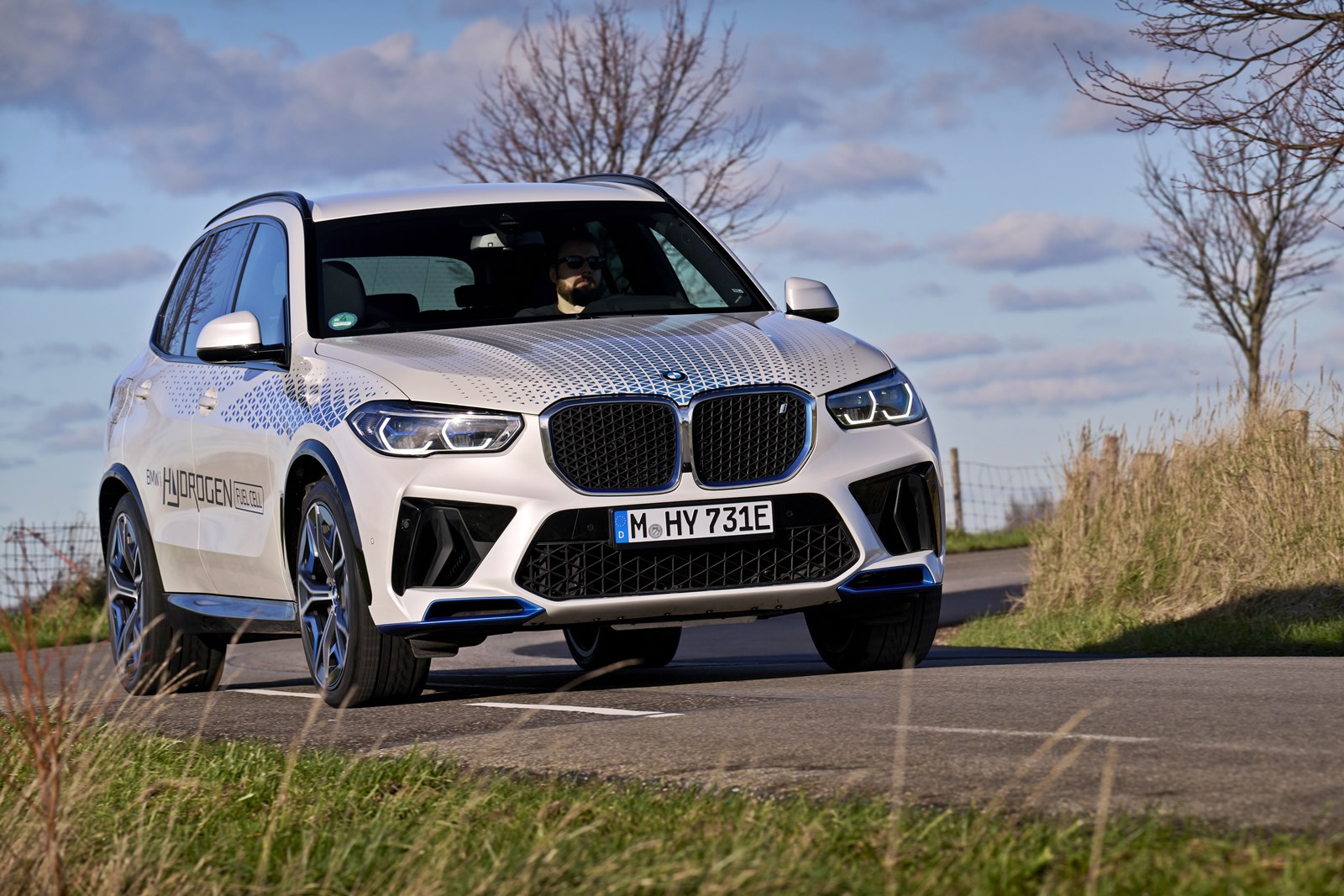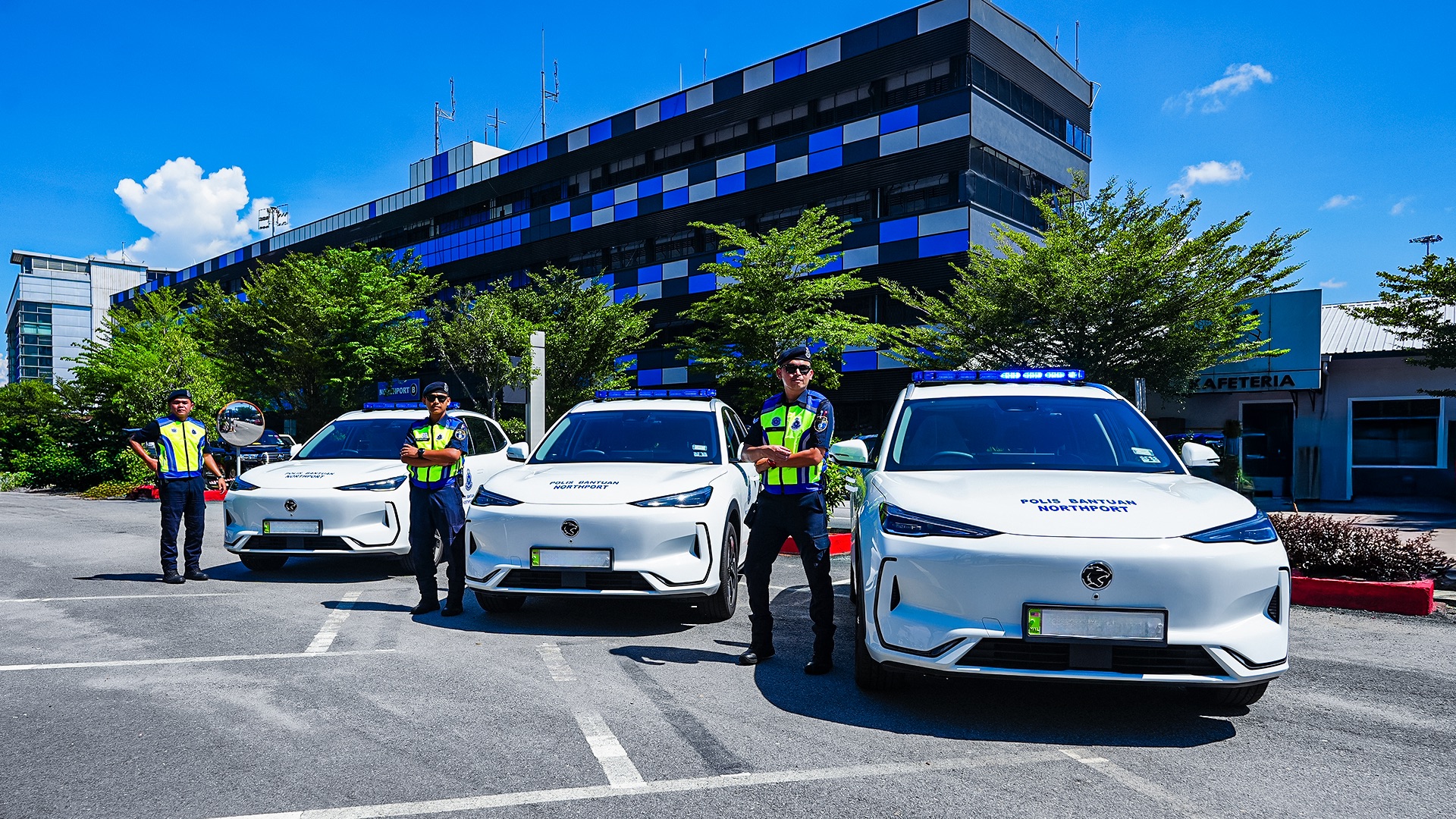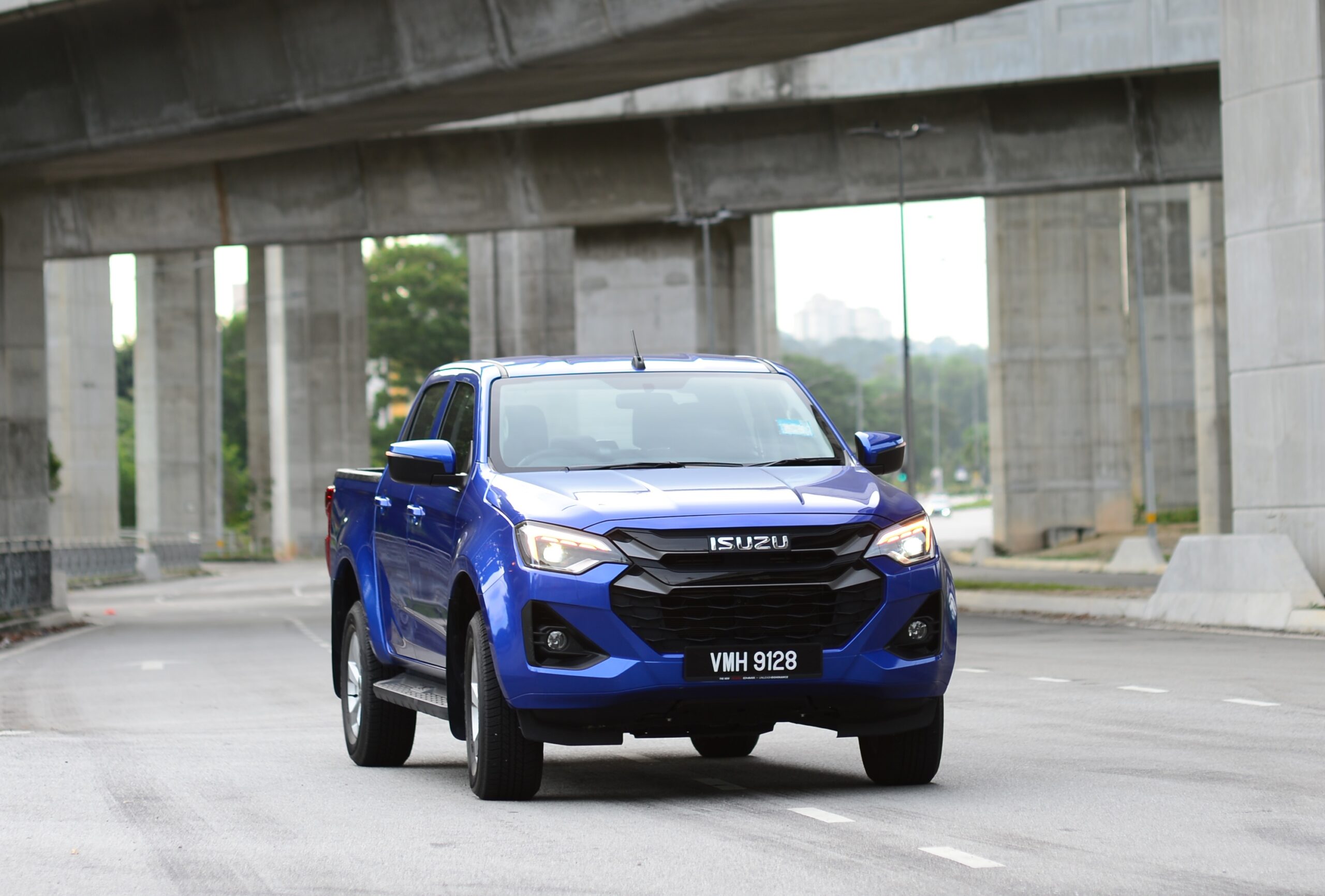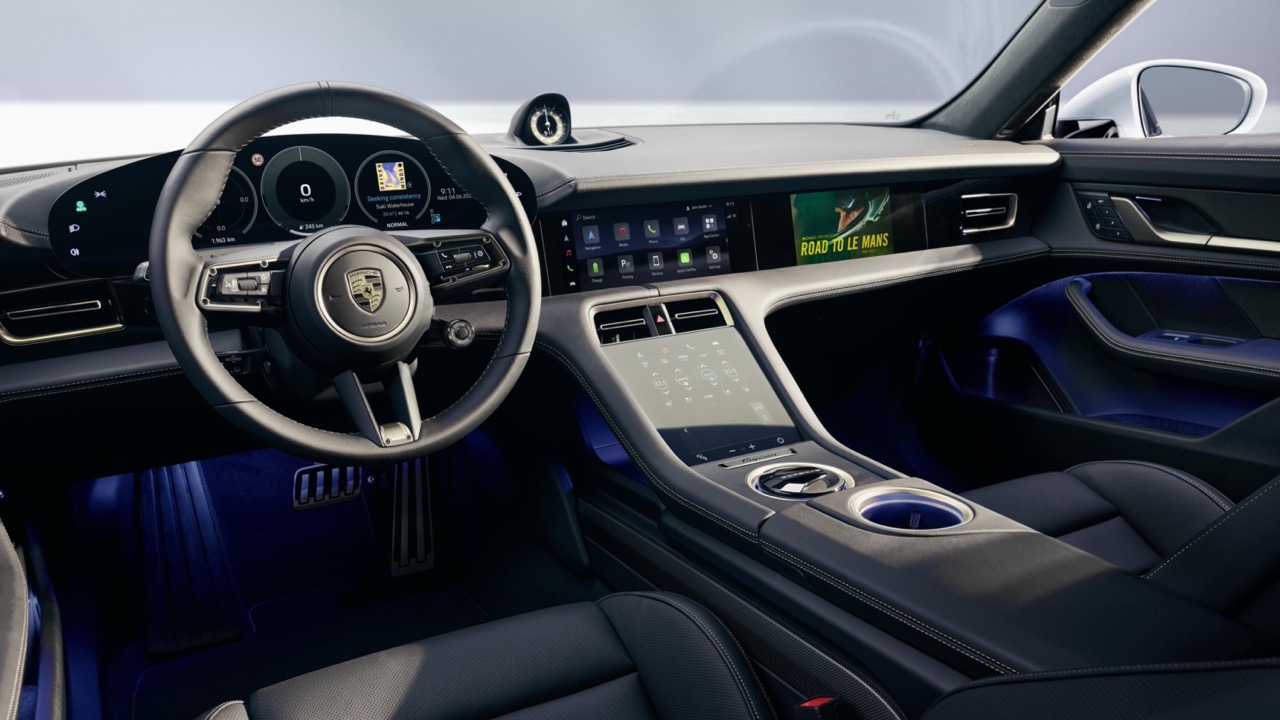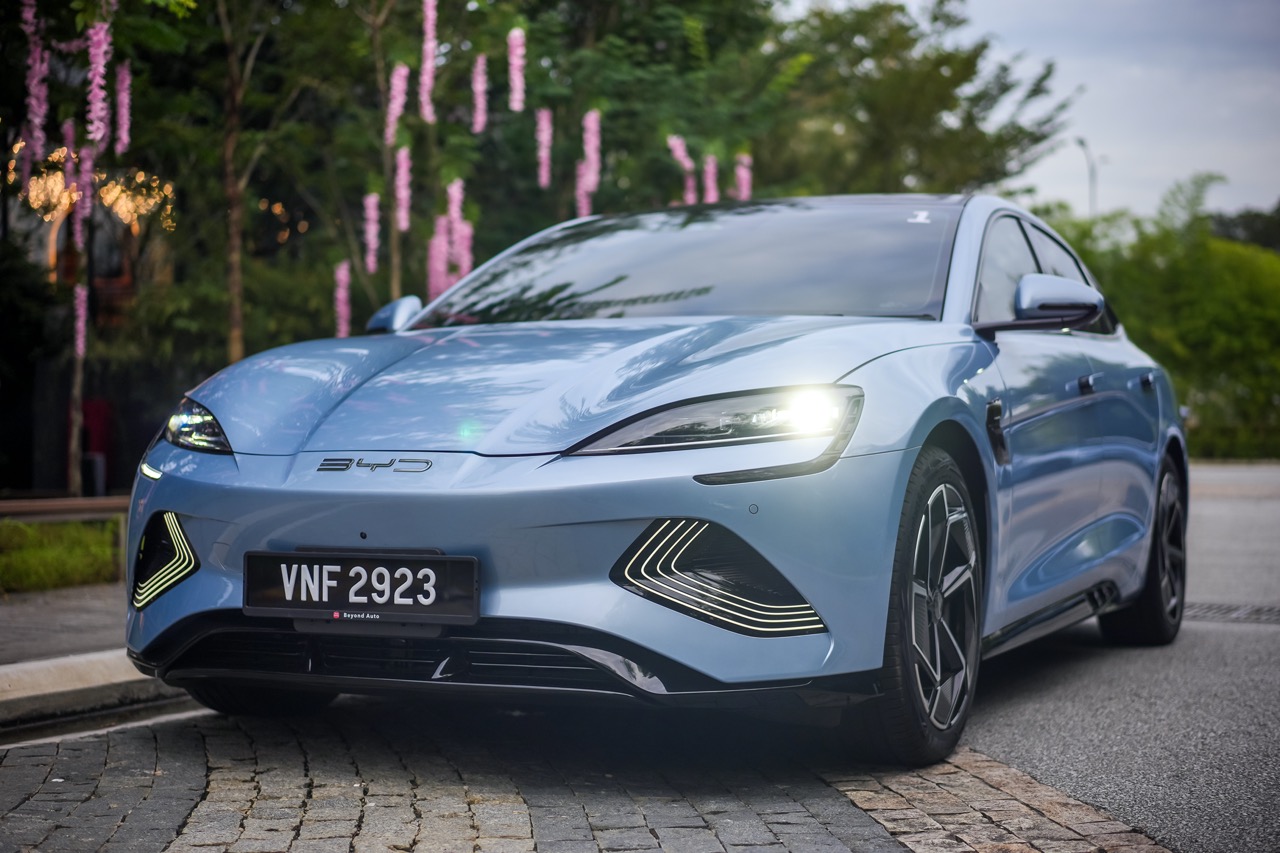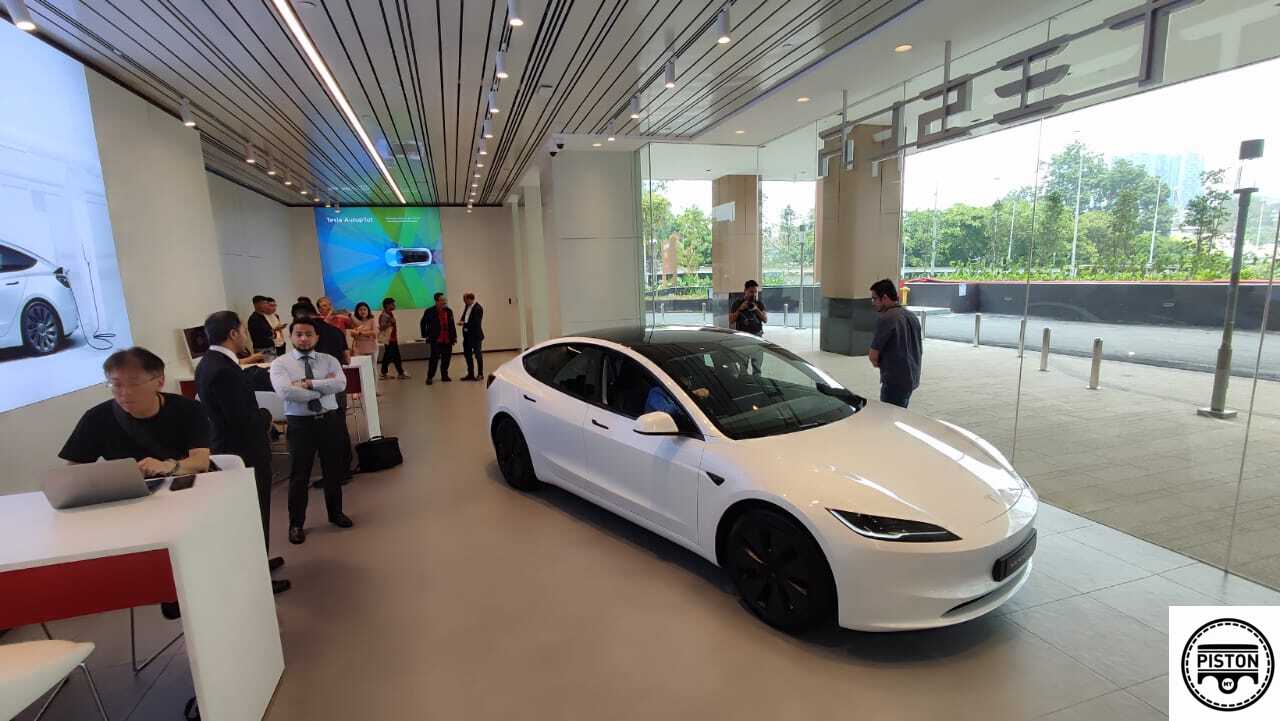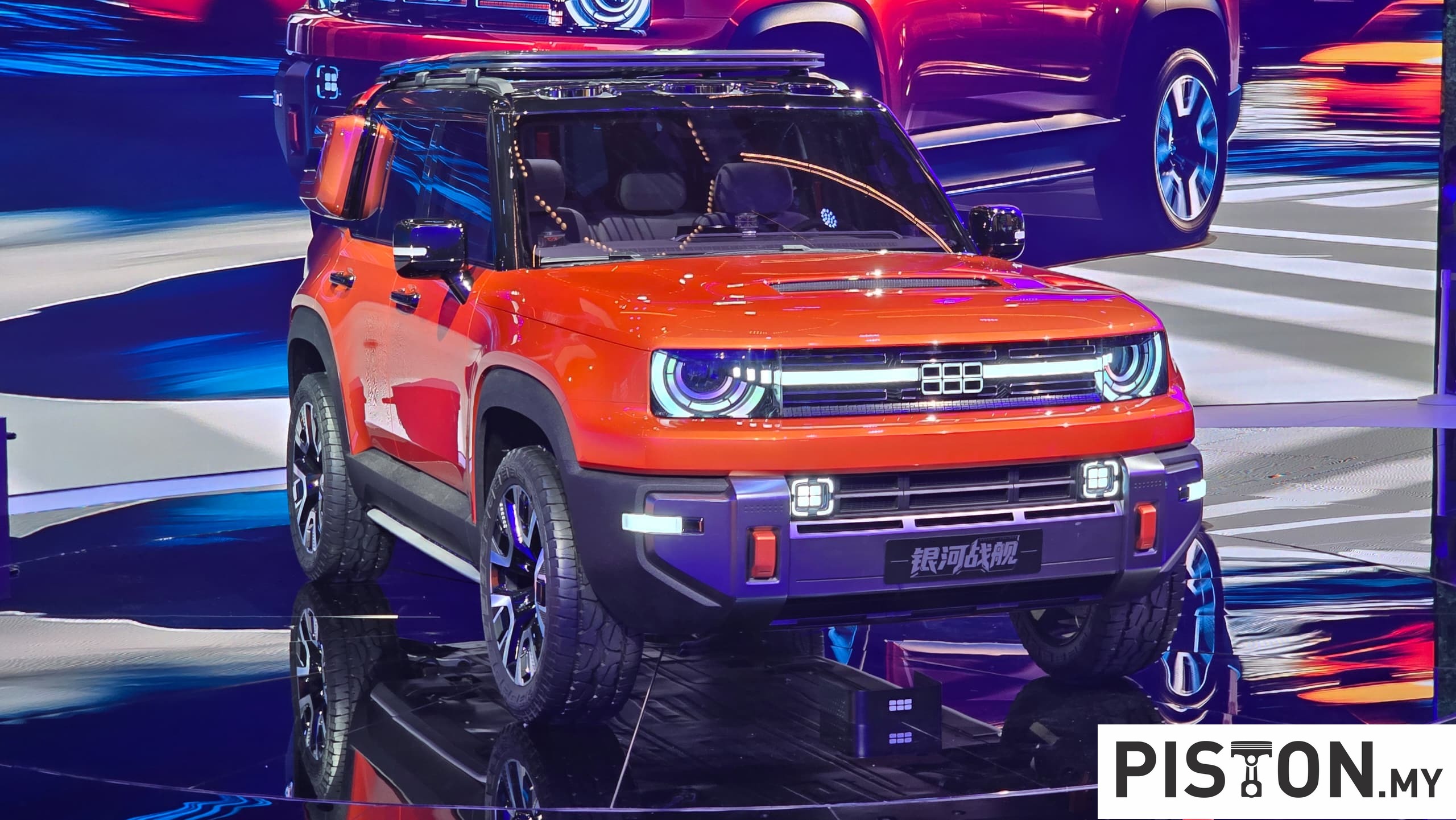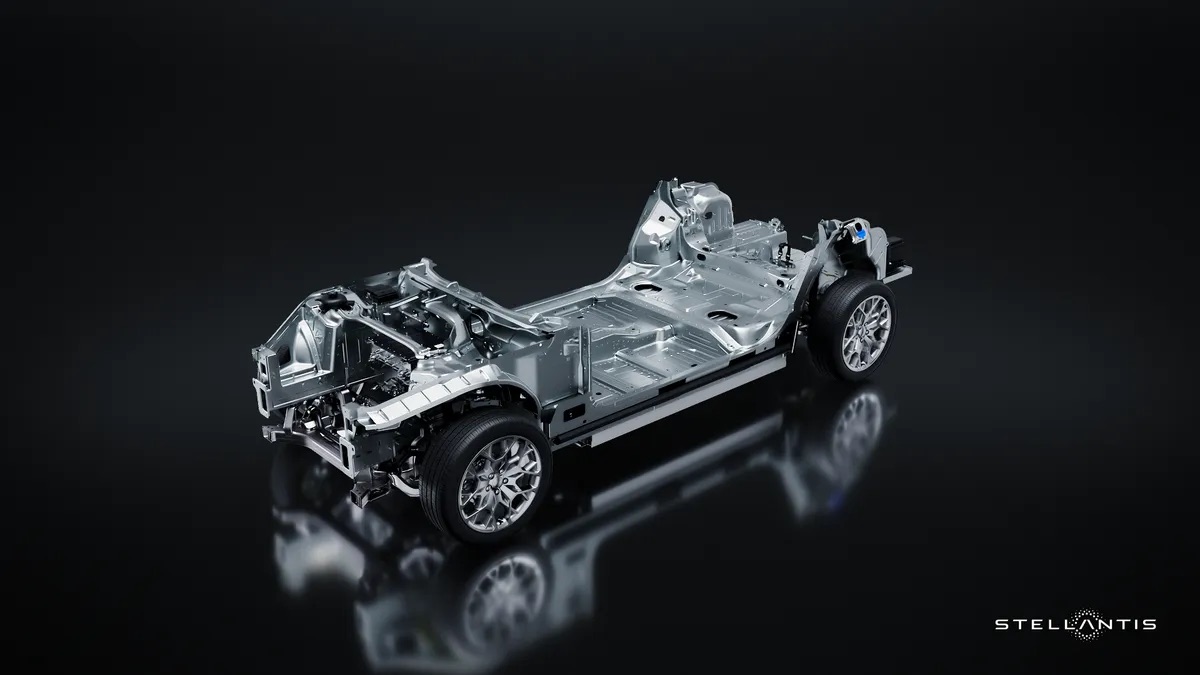Since the 1970s, when it was clear that the combustion engine powering motor vehicles was a major culprit in air pollution and also diminishing fossil fuel supplies, there has been a search for an alternative propulsion system that does not pollute and is also sustainable. Instead of fossil fuel – the product of dead dinosaurs and plants millions of years ago – electricity is the ‘fuel’ of the future.
Electricity is used to power motors and like liquid fuel, it is stored in a battery pack in a limited quantity which needs to be replenished. The electricity comes from power generating plants that run mainly on coal, which generates undesirable emissions. So while electric power is ‘clean’, the electricity itself comes from a source that is still not clean.
There are alternative electricity generation methods – hydro-electricity, solar and wind – but these are limited in use at this time. What has been seen as promising has been the fuel cell concept that was originally developed for spacecraft. This concept uses hydrogen as a fuel in an electrochemical process that combines hydrogen and oxygen to produce electrical energy and water.
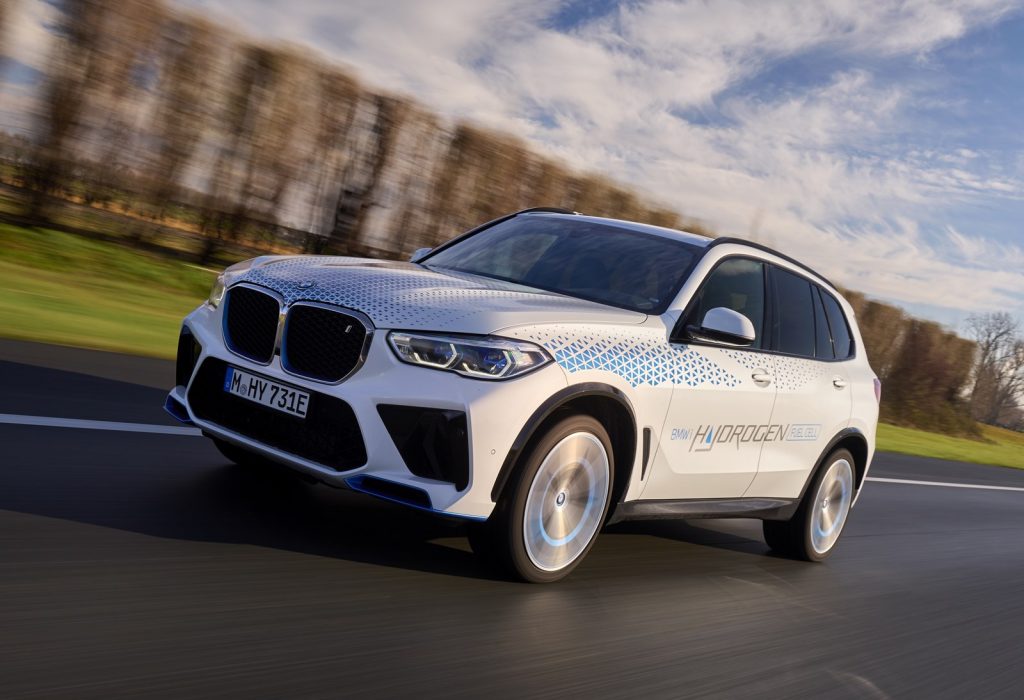
Real-world testing
A few manufacturers have made much progress in fuel cell electric vehicles (FCEVs) and Toyota, Honda and Hyundai have even put into production FCEVs for sale to the public in selected markets. Now the BMW Group is also entering a critical phase in its development work on FCEVs with the iX5 Hydrogen SUV ready for real-world trials and demonstrations.
The BMW Group has built up a fleet of 100 FCEVs which will not only be used by its own personnel but also various target groups. This will be the first chance for people not involved in the development process to gain a direct impression of what the iX5 Hydrogen has to offer.
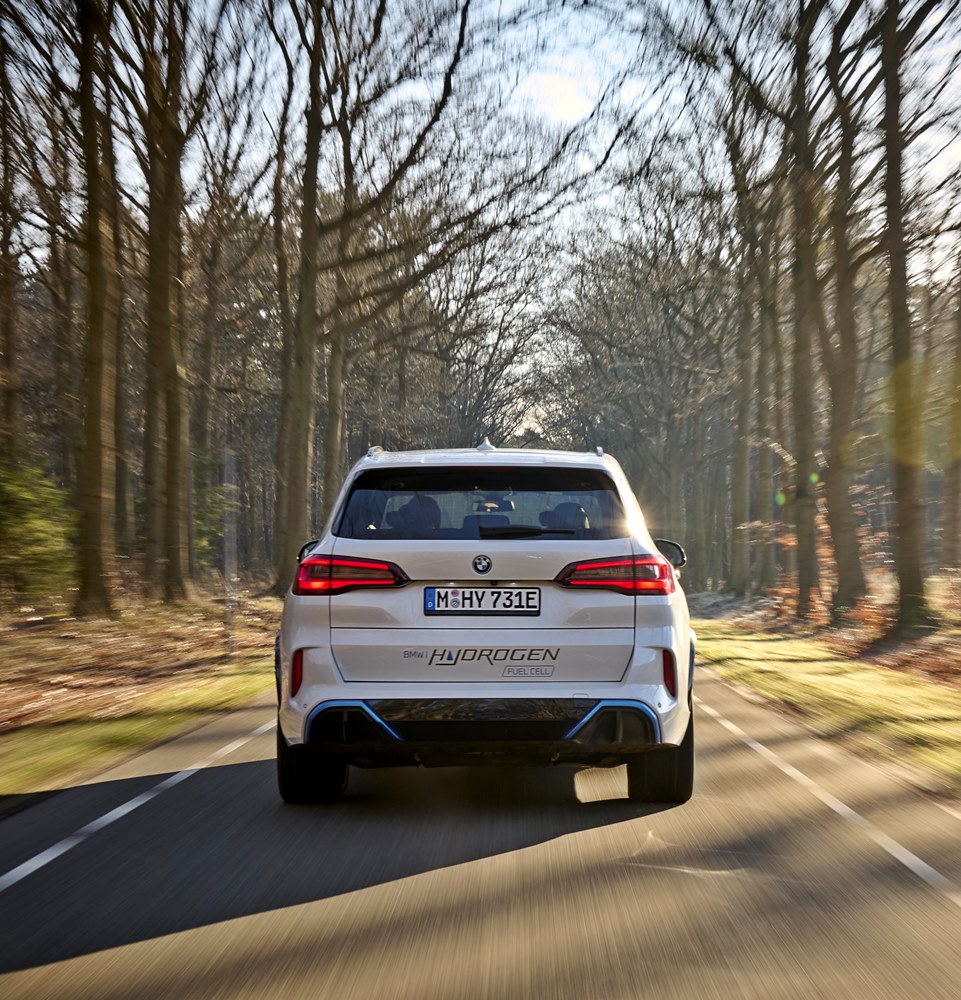
“Hydrogen is a versatile energy source that has a key role to play in the energy transition process and therefore in climate protection. After all, it is one of the most efficient ways of storing and transporting renewable energies,” said Oliver Zipse, Chairman of the Board of Management of BMW AG. “We should use this potential to also accelerate the transformation of the mobility sector. Hydrogen is the missing piece in the jigsaw when it comes to emission-free mobility. One technology on its own will not be enough to enable climate-neutral mobility worldwide.”
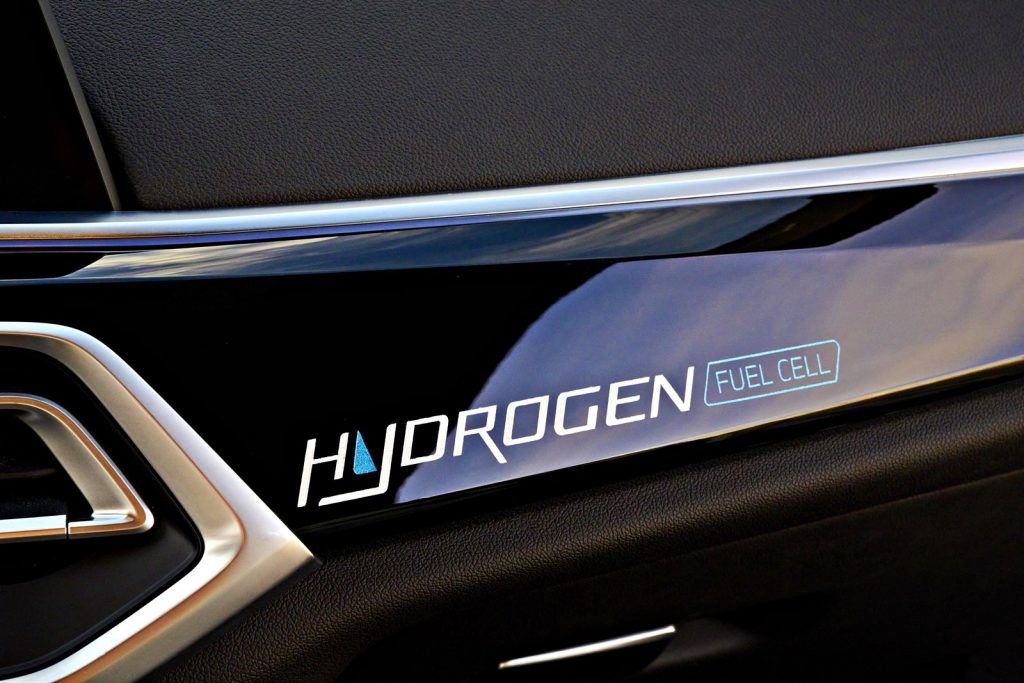
The iX5 Hydrogen developed on the basis of the current iX5 was first unveiled as a concept at the IAA show in 2019. Running prototypes were used as shuttle vehicles.at the IAA Mobility 2021 for visitors to experience FCEVs. Development of hydrogen fuel cell technology as an additional option for zero-emissions mobility is being carried out at the carmaker’s in-house competence centre for hydrogen in Munich.
Fuel cells supplied by Toyota
While the individual fuel cells are supplied by Toyota Motor Corporation, which has been collaborating with BMW on FCEV drive systems since 2013, BMW has further developed the core technology for use in the iX5 Hydrogen. In combination with a highly integrated drive unit using fifth-generation BMW eDrive technology (the electric motor, transmission and power electronics are grouped together in a compact housing) at the rear axle and a power battery with lithium-ion technology. the powertrain channels maximum output of 295kW/401 hp onto the road.
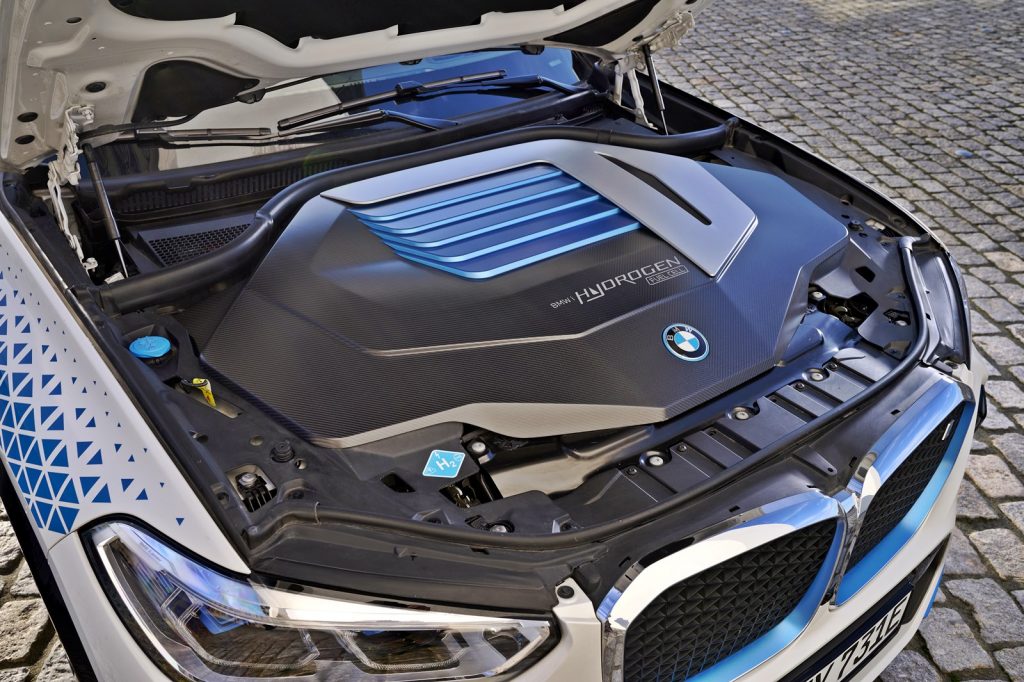
A chemical reaction takes place in the fuel cell between gaseous hydrogen from the tanks and oxygen from the air. Maintaining a steady supply of both elements to the fuel cell’s membrane is of crucial importance for the drive system’s efficiency.
In addition to the technological equivalents of features found on combustion engines, such as charge air coolers, air filters, control units and sensors, the BMW Group also developed special hydrogen components for its new fuel cell system. These include the high-speed compressor with turbine and high-voltage coolant pump.
The hydrogen needed to supply the fuel cell is stored in two 700-bar tanks made of carbonfibre reinforced plastic (CFRP). Together, these hold almost 6 kgs of hydrogen, enough to give the iX5 Hydrogen a range of 504 kms. Filling up the hydrogen tanks only takes 3 to 4 minutes, a key advantage over recharging an EV (even with a DC high-speed charger).

Production at Munich pilot plant
The iX5 Hydrogen is being built in the BMW Group’s pilot plant at its Research and Innovation Centre (FIZ) in Munich. This is the interface between development and production where every new model from the company’s brands is made for the first time.
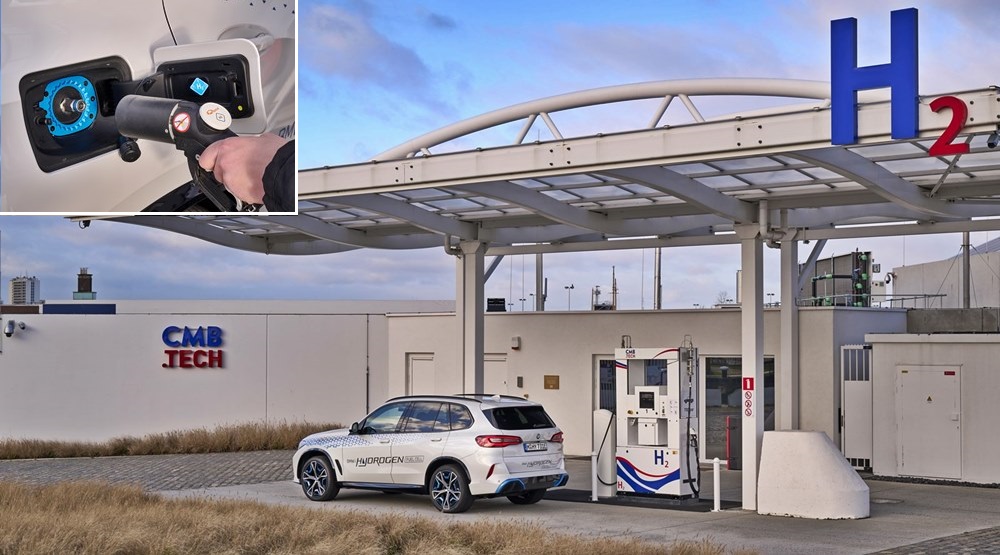
Of course, there still remains the question of the refuelling network. The network for EV chargers is quite extensive and comprehensive in Europe, numbering around 2.6 million points. Hydrogen stations, on the other hand, are just being set up and there are less than 280 public hydrogen filling stations at this time.
